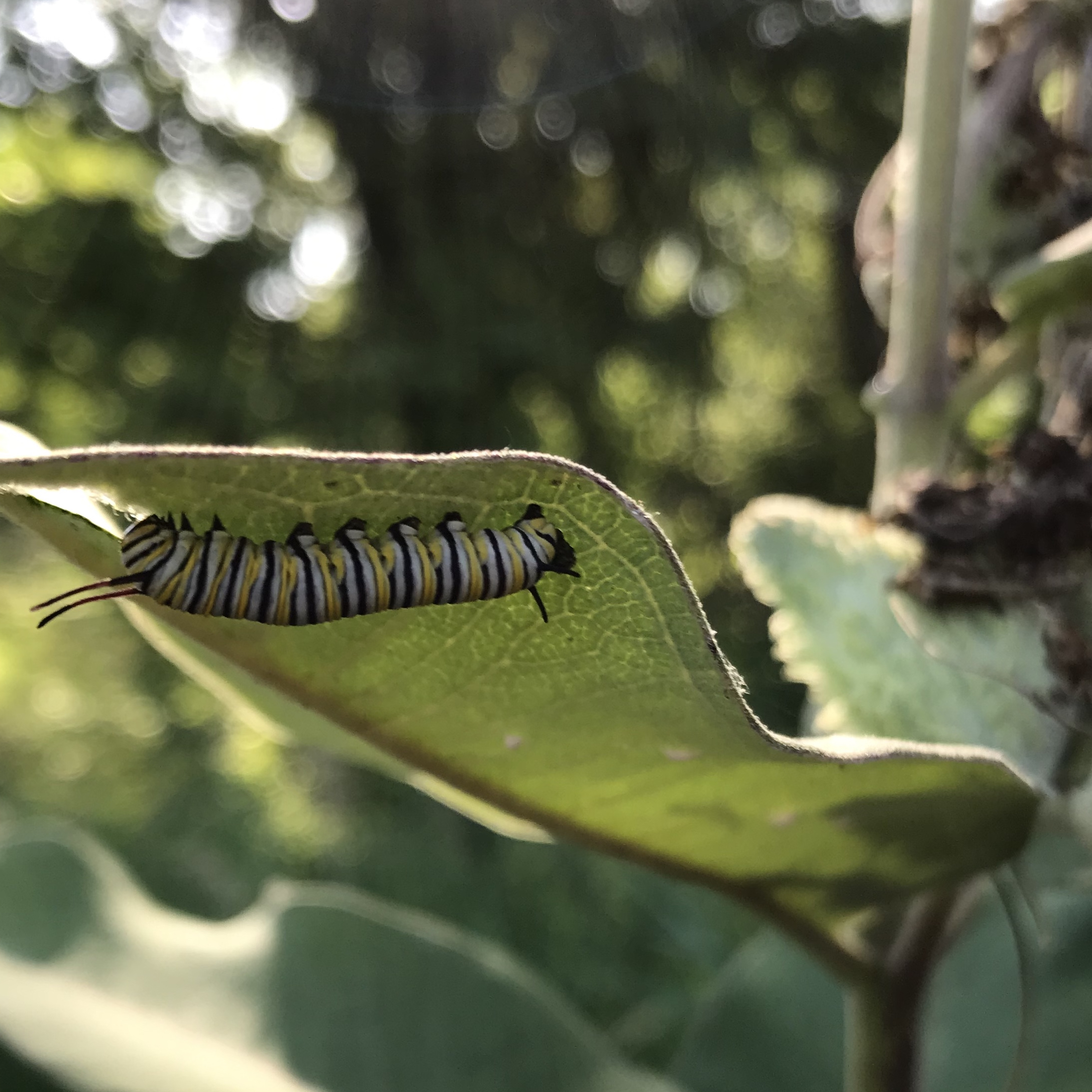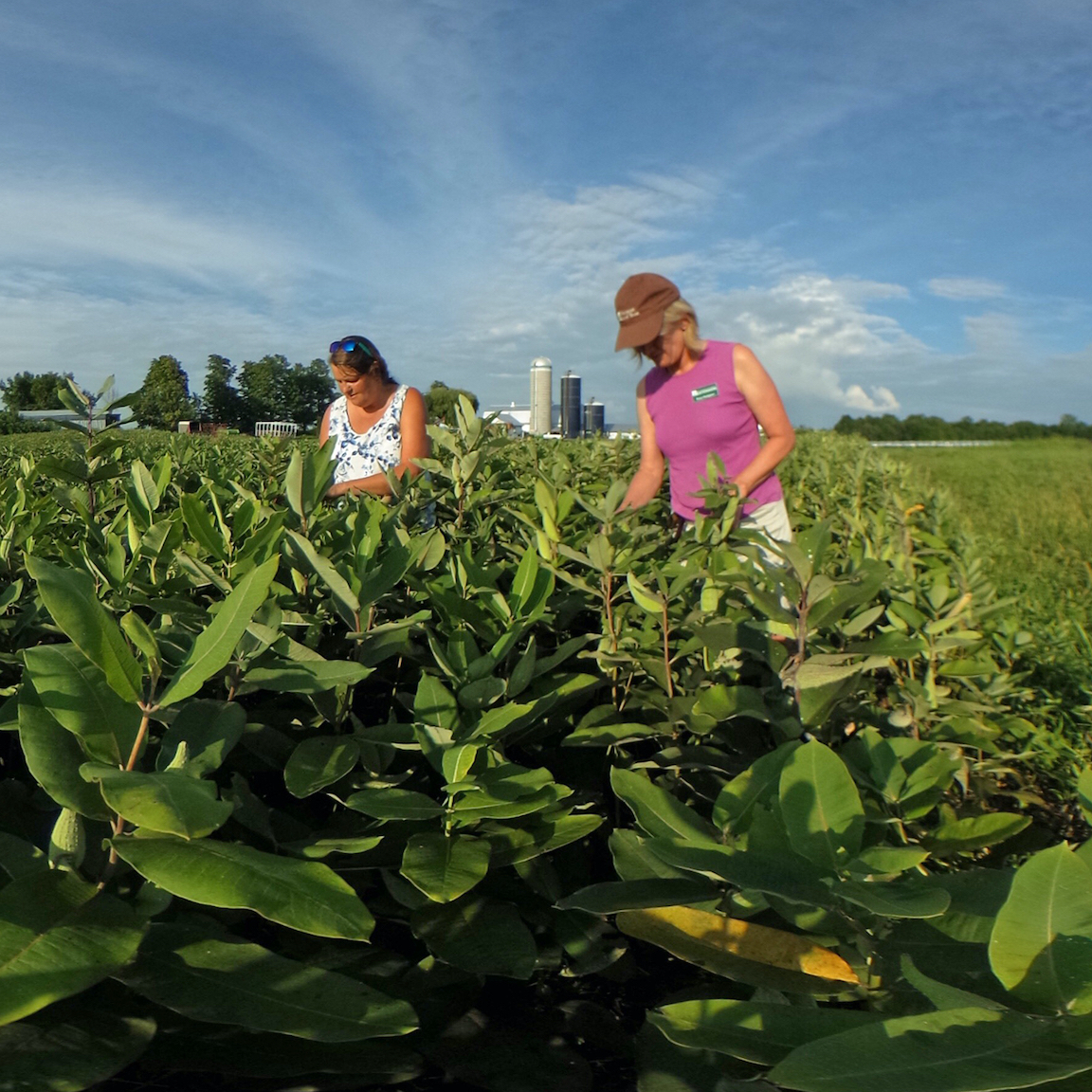The milkweed plant has a range of benefits. These include its conservation value as monarch habitat, its pollinator services attracting pollinators for many crops, and its potential as a crop itself for the seed and floss fiber. Over the past 10 years, farmers have shifted their views on milkweed from a weed to a potentially valuable plant.
In Vermont, several farmers have gained a new appreciation for common milkweed (Asclepias syriaca). They are encouraging it for its pollinator benefits and even intentionally cultivating it as a crop for its floss and seed. This plant has some potential for Vermont farms seeking to diversify and adapt to a changing climate. In this case study, we look at approaches and related costs and benefits to growing milkweed. We provide an economic analysis of milkweed seed and floss production and look at potential demand.
This study can inform agricultural producers of a potential alternative crop opportunity. One climate change strategy is to increase crop diversification by adding new perennial crops. This reduces the risk of any one crop failure having significant impact on a farm’s bottom line. Promoting milkweed production not only provides monarch butterfly habitat, but it also holds potential as an alternative crop for Northeast producers.
-
Growing Milkweed in Vermont

-
Milkweed at Borderview Farm 360

As with any new crop, the current commercial milkweed market should be considered extremely risky from an economic standpoint.
There are many risks associated with the growing and harvesting of milkweed plants. These include variable availability and price of seed, seeding rates, planting methods, germination rates, and plant pod maturation. Harvest yields, as well as floss and seed capture rates also vary. Harvesting costs differ from labor intensive hand-picking to equipment modifications that separate floss and seeds from pods. While this study did not focus on floss and fiber processing, there also are uncertain and potentially high costs in the textile manufacturing process.
On the demand side, the most important consideration is that the markets for both milkweed seeds and floss—and the potential products made from floss—are highly unpredictable. This is because milkweed, as a commercial crop, is still in its infancy.
Despite these risk factors, common milkweed has the potential to be a more viable crop over time. More research is needed, successful growing methods need additional documentation, and markets need to become more established. What remains clear is the importance of cultivating a variety of milkweed species for pollinators and monarchs. Current research shows that milkweed production can provide substantial monarch butterfly and other pollinator habitat and helps increase numbers of these beneficial and desirable insects.

This case study is based on primary and secondary data collected through both published sources and interviews with farmers, ecologists, and University of Vermont Extension staff.
Specific crop and production data were collected from Borderview Farm in Alburgh, Vermont. Data were collected through Borderview Farm milkweed trials undertaken by University of Vermont Extension’s Northwest Crops and Soils team in 2017 and 2018. Additional information was collected through interviews with the Farm Between in Jeffersonville, Vermont, Ernst Conservation Seeds, Natural Fibers Corporation, and UVM Extension’s Northwest Crop and Soil Program Coordinator.

